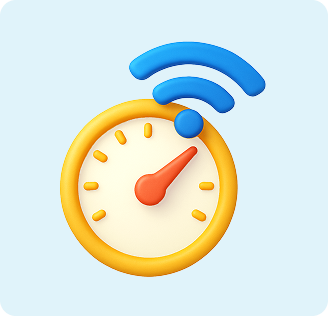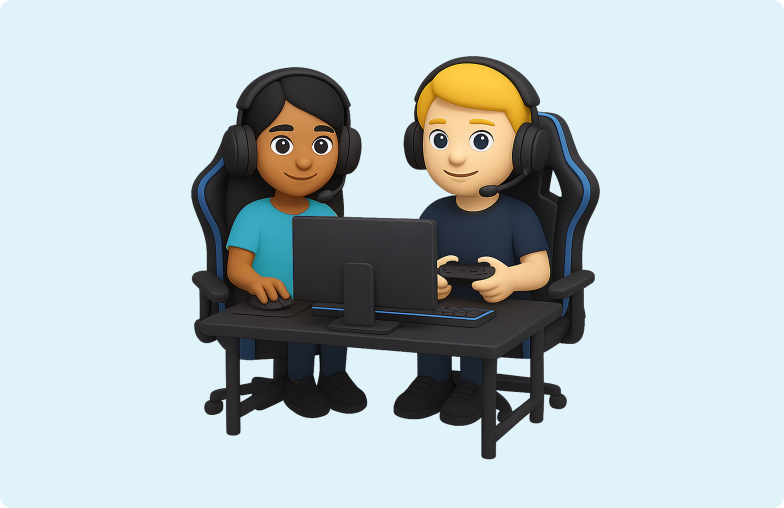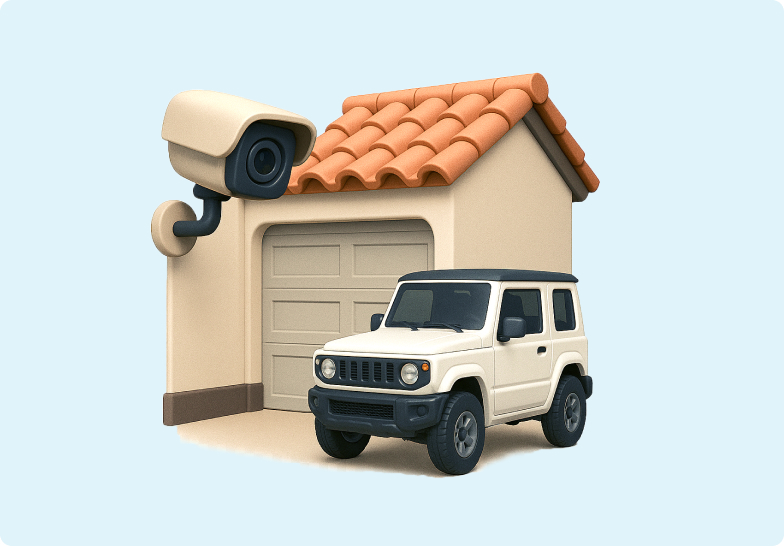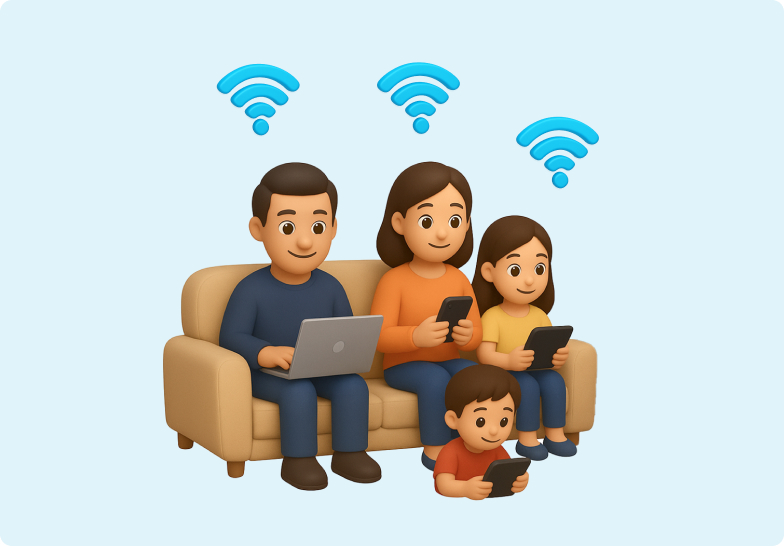What broadband speed do I need for gaming, streaming, or working from home?
READ TIME: 8MIN
Not sure what broadband speed you actually need? Some people have more speed than they need, while others struggle with slow connections that can’t keep up. The right speed depends on what you do online and how many people are using the connection at once. This guide breaks it down by activity to help you find the right fit.
Broadband speed

Broadband speed
is measured in megabits per second (Mbps).

Download speed
affects how quickly you can stream, browse or download files.

Upload speed
matters for sending files, video calls, and live streaming.

Fibre and 5G
plans typically offer faster, more consistent speeds than 4G wireless or copper connections.
Streaming video
SD video (Standard Definition): 3–4 Mbps per stream
HD video (High Definition): 5–8 Mbps per stream
4K Ultra HD (Ultra High Definition): 15–25 Mbps per stream
For a household with multiple people streaming, you'll want at least 25–50 Mbps. Fibre or good 5G wireless can easily support this.

Gaming
Online gaming doesn’t use much data (often less than 1 Mbps) but it needs low latency (ping). Fibre broadband is best for competitive gamers, offering consistent latency under 10ms. Wireless can work well too, but latency may spike at peak times or in congested areas. Game downloads and updates, however, can be massive at 50–100 GB or more making faster speeds (100 Mbps+) help here.

Working from home (Teams, file sharing)
Video calls (Teams): 2–4 Mbps (HD), 6 Mbps+ for group calls
Large file uploads (cloud storage, shared drives): 10–20 Mbps+ upload recommended. If you're video conferencing, using VPNs, or uploading large files, aim for at least 50 Mbps down / 20 Mbps up. Fibre excels here, but a good 5G wireless connection can also do the job.

Smart homes and background usage
Smart TVs, security cameras, connected lights, and home assistants all use data - usually in the background. Each device might use just 1–2 Mbps, but together they can add up. If you have a smart home setup, budget an extra 10–20 Mbps minimum.

Shared usage matters
The more people and devices online at the same time, the more bandwidth you need. A single user might be fine on 25 Mbps, but a flat of four heavy users could easily need 100–300 Mbps. Fibre handles this well, while Wireless may perform best in smaller households.

Choose speed based on your real usage
You don’t need gigabit speeds for everything – but you do need enough to support what your household actually does. Add up your needs based on how many people stream, game, work from home, or use smart devices. If you want smooth performance at peak times, go for a plan with headroom. For heavy users or big households, Fibre is usually the best option. For smaller or lighter-use homes, Wireless can be a great fit.
